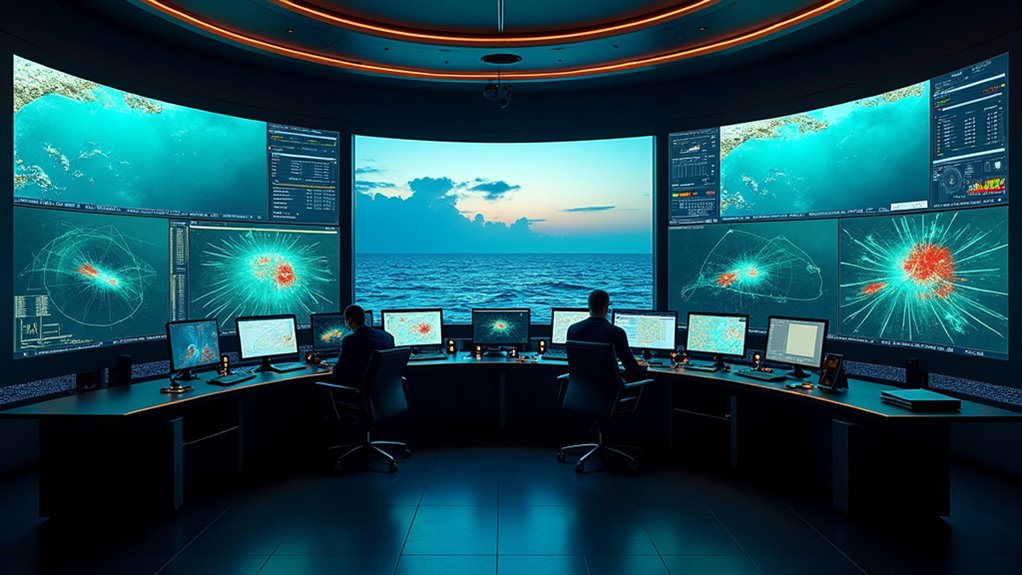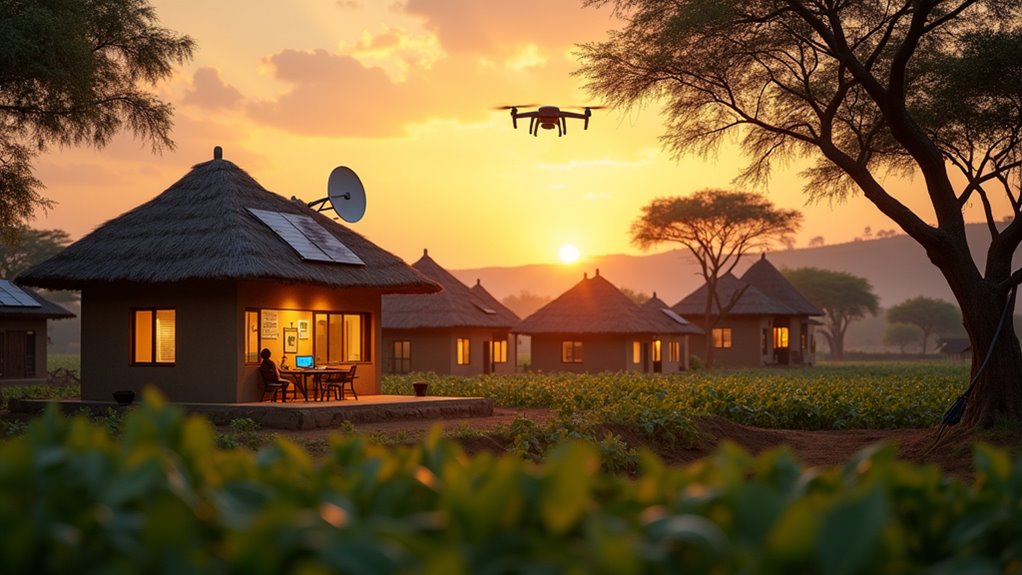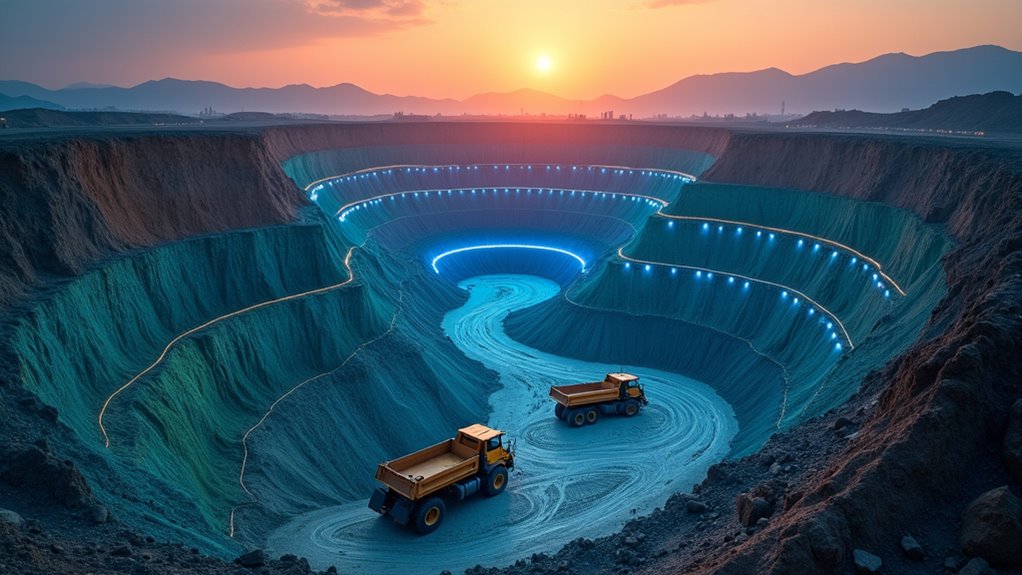Forget James Bond gadgets—artificial intelligence is the new superhero patrolling the high seas. Illegal fishing rakes in up to $36 billion a year, often outsmarting coast guards with stealthy ships and switched-off trackers. Enter AI: satellites with night vision spot rogue vessels in pitch darkness, machine learning flags zigzagging boat patterns, and underwater microphones eavesdrop on fishy business. It’s like “Minority Report,” but with tuna. Curious how these tech-savvy tools are reshaping ocean justice? There’s more to discover.
Even as humanity claims to have “mapped the world,” the oceans remain a wild frontier—one where illegal fishing fleets play hide-and-seek with authorities, and, frankly, the bad guys have been winning. The stakes? Try $25–$36.4 billion drained from the global economy every year, with some brave souls pegging the grand total at $1–$2 trillion. Not exactly chump change.
The high seas are still a lawless frontier, where illegal fishing quietly siphons billions from the world economy each year.
But it gets worse: illegal, unreported, and unregulated (IUU) fishing is gutting marine biodiversity, threatening food security, and—just to keep things spicy—propping up human trafficking and modern slavery on the high seas. Around 75% of the world’s fishing fleets operate without proper monitoring, making it nearly impossible to track every vessel or enforce regulations across such vast and remote waters. Many illegal fishing activities are also associated with nefarious activities such as drug and human trafficking.
Traditional surveillance? Think coast guards squinting at radar screens, ships patrolling endless blue, and the odd dramatic boarding. It’s expensive, slow, and, let’s be honest, about as effective as chasing Bond villains on a tricycle. Up to 75% of the world’s fishing fleets are masters of stealth, evading detection with tactics straight out of a heist film.
Cue the entrance of artificial intelligence—no cape, but plenty of superpowers. *AI and machine learning* now analyze vessel movement patterns, hunting for those telltale erratic zigzags or suspicious blackouts when ships “accidentally” turn off their tracking systems.
Satellites with night vision (thanks, VIIRS and SAR), underwater sensors, and drones work together, spotting dark vessels even under a blanket of clouds.
- AI-powered image processing: Spots ships from space, even when the weather’s playing villain.
- Automated cross-checks: Flags boats that conveniently “forget” their AIS or VMS transponders.
- Underwater mics: Eavesdrop on the mechanical racket of illegal trawlers.
All this data—satellite, radar, drone, ocean conditions—gets mashed together, allowing AI to shout “Gotcha!” when ships enter no-go zones or meet up for some sketchy transshipment.
Instead of relying on a handful of patrol boats, authorities can now watch millions of square kilometers at once, in real-time.
It’s not a perfect system—yet. But AI is finally giving the good guys a fighting chance in this oceanic game of cat and mouse. And about time, too.









